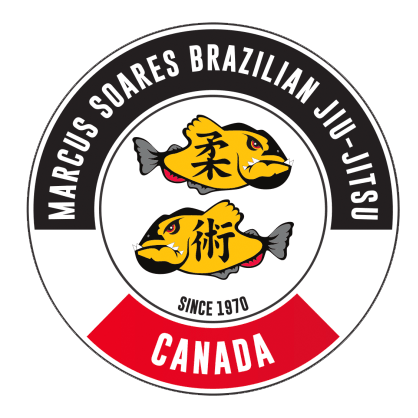Brazilian jiu-jitsu has its roots in traditional Japanese jujitsu, but it is also related to judo and other martial arts originating in Japan. Although the mainstream has accepted BJJ, thanks to MMA competitions, not everyone is aware of the differences between BJJ and judo today.
Jujutsu (and the various martial arts that stem from it, including Brazilian jiu-jitsu) are largely unknown in western countries.
Many people still confuse the two, which is why it’s important to make a clear distinction. Let’s examine what differentiates them to help you decide which one is the best for you.
What Is Jujitsu?
Jujitsu (literally translated as “the gentle art”) is a Japanese martial art based on traditional Japanese jujutsu training and concepts. It focuses on grappling, striking, and throwing techniques (though striking techniques are much less emphasized today).
Jujitsu has no clear beginning and is thought to have been developed over a long period of time. As such, it has evolved into many styles of jujitsu, some of the more popular ones including aikido and judo.
What Is Brazilian Jiu-Jitsu?
Brazilian jiu-jitsu is a martial art that evolved from the early fighting styles of Japan. It focuses on wrestling and ground fighting.
Its popularity in MMA has led to more people learning it outside of the traditional martial arts atmosphere. However, it is still very well regarded in Japan, where the sport has its origins.
Jujitsu Evolving into Brazilian Jiu-Jitsu
Brazilian jiu-jitsu (BJJ), and other similar martial arts, have their roots in jujitsu, as they are all based on the same fundamental principles. The main difference between the two is the way they are practiced and the techniques they are used for.
The development of jujitsu led to its progression into judo. At the end of the 19th century, Jigoro Kano unleashed his form of jujitsu named judo.
Kano was a student of jujitsu and used traditional jujutsu techniques to develop a more effective martial art he called judo. Judo became popular in Japan and eventually migrated to Europe and the Americas. Judo is still the most popular form of jujitsu practiced today.
Jujitsu became the root of a variety of martial arts around the world, including Brazilian jiu-jitsu and other martial arts that focus mainly on grappling.
Differences between BJJ and Jujitsu
Jujitsu and BJJ have many things in common, but the main distinction is that jujitsu is a traditional Japanese martial art while BJJ is a Brazilian martial art. Their curriculums may be similar but their training methods are different.
Like jujitsu, BJJ is a martial art that focuses on grappling, which includes groundwork, moves, chokes, joint-locks, and throws.
Jujitsu and BJJ can both be incorporated into MMA. The differences between jujitsu and BJJ are subtle and based on the nuances of each martial art.
Conclusion
Brazilian jiu-jitsu is a perfect balance of its traditional roots and modern innovations. It’s an effective martial art that combines grappling and striking to produce a versatile martial art useful on the street and in competition.
If you want to learn this martial art, you can learn BJJ at Marcus Soares Brazilian Jiu-Jitsu. We offer BJJ for adults in Vancouver and will teach you techniques to hone your craft. Contact us today to learn more.

